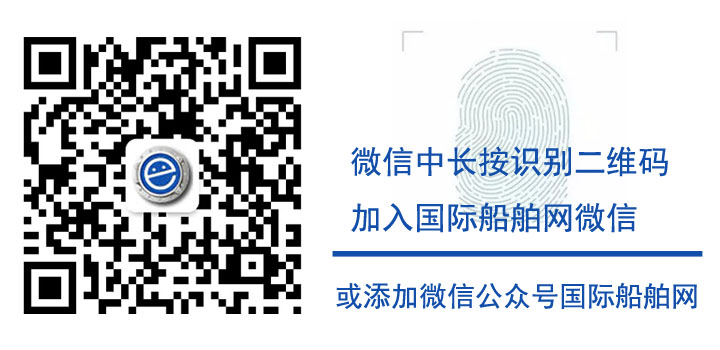英国航海学会出版ECDIS指导
2009-02-10 10:15 | 本站原创 公告公示
The timely publication “From Paper Charts to ECDIS – A Practical Voyage Plan”, by Captain Harry Gale FNI, technical manager at The Nautical Institute was presented at the International Maritime Organization’s Sub-Committee on Standards of Training and Watchkeeping (STW).
“The ECDIS concept is a total change from using paper charts and the transition from paper charts to electronic charts will pose a challenge for the industry, particularly for those who have no current experience of electronic charts,” said Captain Gale. “Important bridge procedures are significantly affected, and these require careful analysis and consideration if ECDIS assisted groundings are to be avoided.”
The Nautical Institute’s document has its place in helping paper-taught officers make ECDIS work for them. It will also help new entrants to the industry to understand how to use the system within generally accepted navigational principles.
The paper includes contributions from serving seafarers with ECDIS experience who give their views on its operation and who help to contribute to the knowledge of the practical operation of all aspects of shipping through The Nautical Institute’s Sea Going Correspondence Group (SGCG).
“Now that IMO has approved a timetable for the mandatory carriage of ECDIS, we can expect paper charts to be phased out on most ships due to their high purchase and maintenance costs,” Captain Gale added. IMO is phasing in the mandatory carriage of ECDIS from July 1, 2012 over six years.
The Nautical Institute’s research has shown that those using electronic charts consider the positive aspects of ECDIS as:
* easier voyage planning
* simpler chart correction
* continuous monitoring of depth safety contours and soundings
* readily available information when approaching busy ports or navigational areas.
However, they also identified areas mariners should be aware of when navigating using ECDIS:
* too much information on the screen can be distracting
* sub menus can be very complex
* the size of chart displayed on the screen monitor is very much reduced compared with the paper chart
* some symbols are open to misinterpretation due to unfamiliarity
* automatic position plotting can lead to complacency
“Electronic charts will reduce the workload for navigational officers when compared to using paper charts,” Captain Gale said. “Voyage planning, route monitoring and positioning will be performed faster than with paper charts. Automatic updating of electronic charts will relieve officers of the tedious job of correcting charts and eliminate the risk of errors when making these changes.
“The reduction in workload must be taken into account when implementing operational procedures. Navigating officers must be alert and engaged in the process of ECDIS navigation as if they are distracted or complacent accidents could happen. “All of this technology will be of very little benefit in enhancing navigational safety if the watchkeeping officer is not fully trained and properly qualified in its use.”

